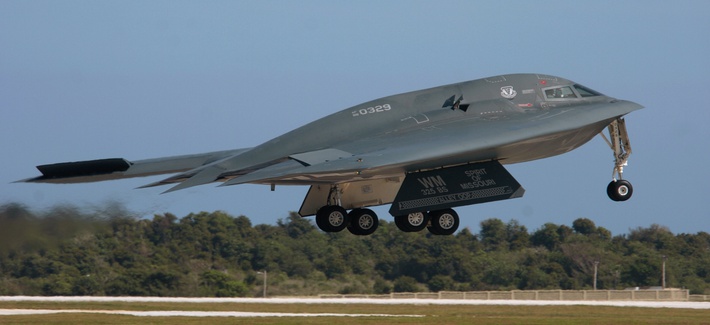- Joined
- Nov 13, 2011
- Messages
- 19,711
- Reaction score
- 5,946
- Location
- kekistan
- Gender
- Male
- Political Leaning
- Socialist
Oozlefinch:
You would suppress and destroy the SAM and AA systems with missiles and strike aircraft before sending in strategic bombers.
Just like in Korea, in Vietnam you ran up against Soviet "advisors" crewing air defense systems in and around Hanoi. Likewise if you press too hard in Syria it will likely not be the Syrian Arab Army but Russian advisors, regulars and maybe mercenaries who present a serious threat to US air power. But you know you can suppress and then destroy that threat even if more S-300's are delivered to Syria, Iran or even Iraq.
Please explain to me why your own military leadership wants to get rid of the B-1s and B-2s but keep the B-52s? They want delivery trucks and not money-pit, fifth-generation strategic bombers. The political/civilian leadership and the arms industry have other ideas unfortunately and that's bad news for US taxpayers.
Cheers.
Evilroddy.
Sam systems and aa can also shoot down those missiles, and it also becomes a matter of the range of the missile vs the range of the sam battery. Keep in mind too this is counting third world countries with poor discipline running them. Russia has exported many of their systems especially to the middle east, and griped about how poorly they used them. Russian mobile sam batteries are meant to link together to create a greater radar effect, while at the same time exploit terrain and camo netting to make the harder to see by air or by radar, as well as noise and emission discipline to avoid detection by sound or thermal.
Most countries that have bought them have had them in the open, sticking out like a sore thumb on radar instead of using them behind terrain to mask them, they have also rarely if ever managed to link them to provide a unified radar system through sam batteries. In reality even the most crappy systems the soviet union had that are wildly available in the third world can down nearly any aircraft so long as they are used properly. Take for example the s-200, syria used them for almost everything, yet their main purpose is to combat bombers like the b-52, while not using many older systems like the s-25 and s-75 designed more for conventional aircraft. Prior to the s-300 every system did just one task well, and every system needed to work in unison with others to be effective, while many third world countries just pick on and use it for everything.

